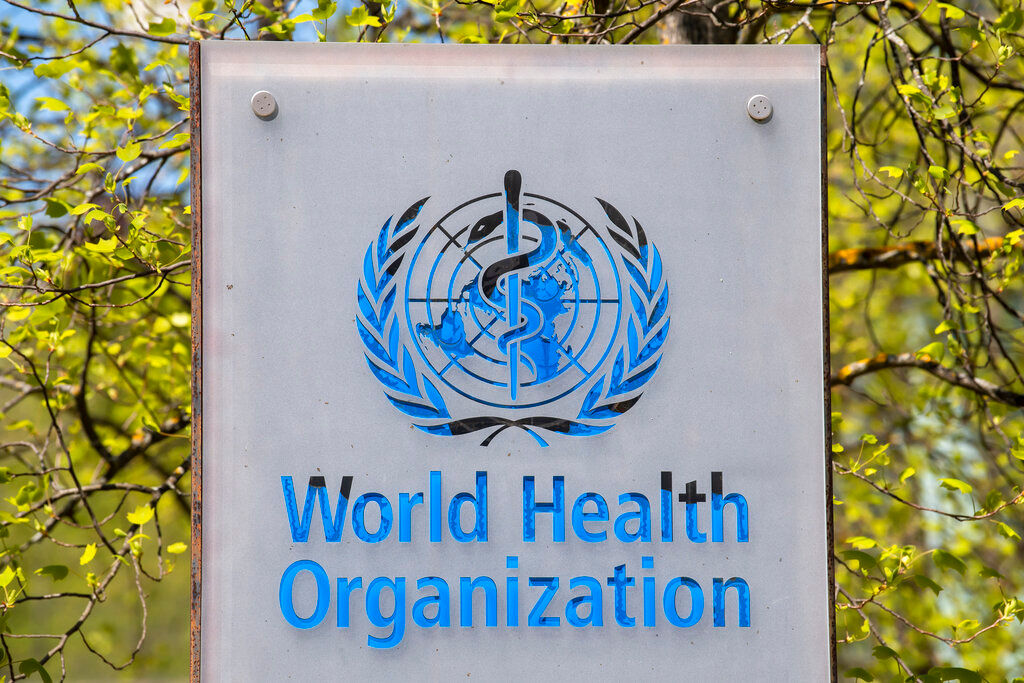The World Health Organisation recently released a cancer screening guide ahead of World Cancer Day 2022. The guide summarizes crucial concepts, ethics, and issues of screening for cancer. It also highlights certain misconceptions, and aims to help policy-makers better understand cancer screening programmes.
One of the most crucial messages in the guide include knowing when to screen for cancer. According to the WHO website, Marilys Corbex, Senior Technical Officer at WHO/Europe, stated, “screening is a heavy and complex activity that can very well result in more harms than benefits, as WHO experts observe too often when evaluating programmes in countries.”
She elaborated that it is important that policy-makers understand the pros and cons of screening for different cancers as well as the risks and trade-offs of investing significant resources in screening programmes. “Policy-makers, health professionals and the public often seem unaware of the potential harm of screening, its cost and burden on the health system, and the need for having strong systems in place,” she said.
The guide further explains certain principles that can help decide if screening could be the right course of action. The principles devised aim to prevent service user harm and poor usage of resources.
Also Read: Kathryn Kates, ‘Orange is the New Black’, ‘Seinfeld’ actress, dies of cancer at 73
“This guide emphasizes that cancer screening is not simply a test but part of a screening pathway, and before launching a screening programme, policy-makers must ensure that all the steps in the pathway can be provided rapidly and for free,” explained Corbex. “If all of the steps cannot be provided, such as in countries where cancers are commonly diagnosed at a late stage, it is better to focus resources on creating a robust early diagnosis programme rather than setting up a screening programme.”
Also Read: Adulterated cocaine kills 20, sickens 74 in Argentina
For now, the WHO advises screening programmes for only three kinds of cancer- colorectal, cervical, and breast. Screening is most effective in these cancers and helps reduce morbidity and mortality.
The guide also emphasizes how over-diagnosis and excessive treatment can cause more harm than good, due to surgery and radiation risks.
It further sheds light on choosing an early diagnosis programme before initiating a cancer screening programme.







